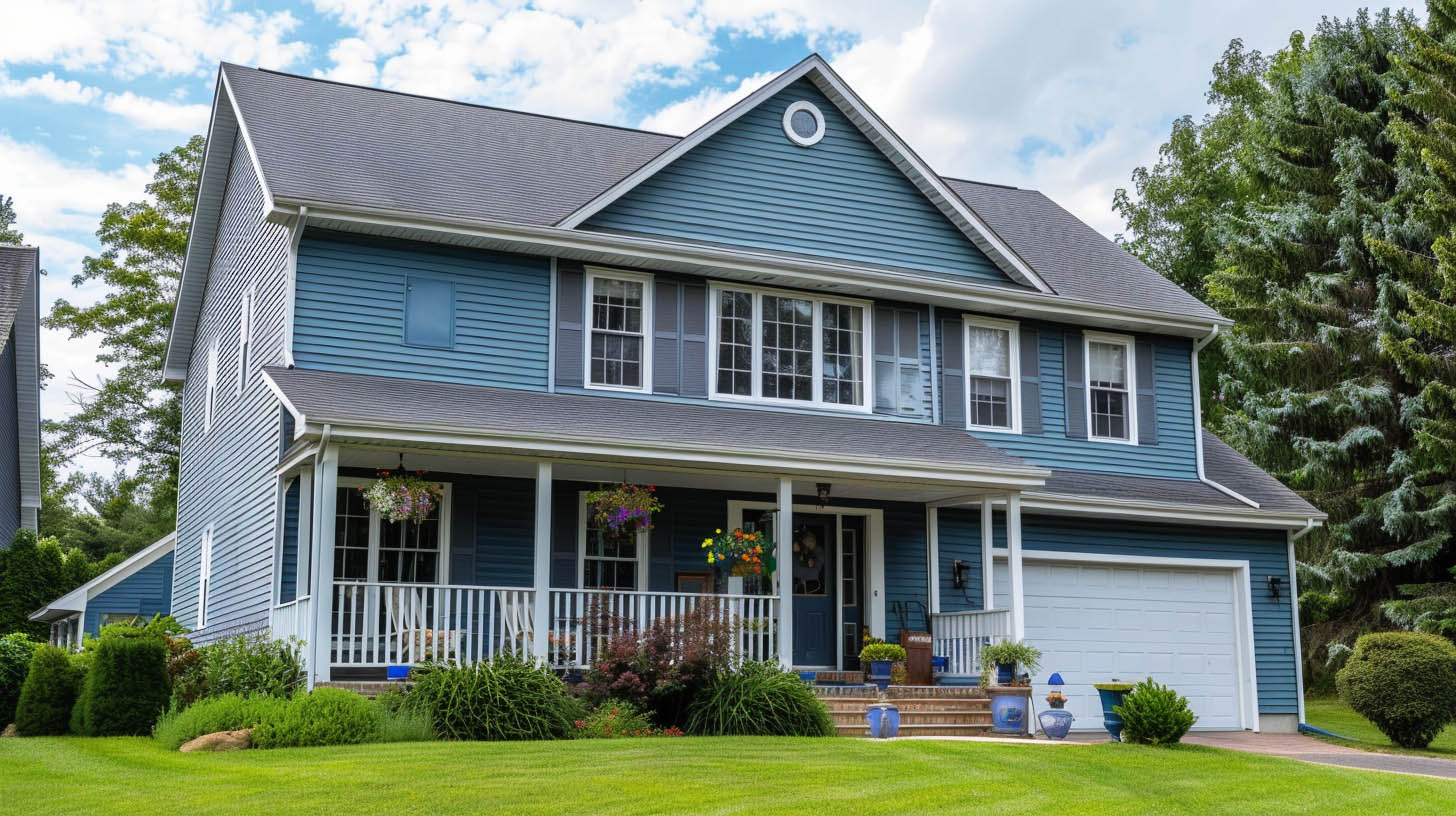When it comes to selecting siding for your home, the material you choose impacts not only the aesthetic but also the cost-efficiency and durability of your investment. At Trojan Roofing, we provide insights into the pros and cons of vinyl siding compared to other popular materials.
Vinyl Siding: Economical and Low Maintenance
Vinyl siding is highly favored for its cost-effectiveness and minimal upkeep. Made from durable polyvinyl chloride (PVC), it can last between 20 to 40 years without needing frequent maintenance like painting or caulking. Its insulated version can even help in reducing energy costs, making it an appealing option for many homeowners.
Fiber Cement Siding: Stylish but Costlier
Fiber cement siding offers a sophisticated look that mimics more expensive materials like wood or stone. It is highly resistant to pests, fire, and weather damages but comes with higher initial costs due to complex installation requirements and ongoing maintenance like repainting.
Wood Siding: Timeless Appeal with High Maintenance
Wood siding provides a classic, natural beauty that enhances the visual appeal of any home. However, it requires significant maintenance including regular staining or painting to protect against moisture and decay. Despite these efforts, well-maintained wood siding can last up to 30 years.
Metal Siding: Robust and Sustainable
Metal siding, including options like aluminum and steel, is celebrated for its durability and low maintenance needs. It stands up well against fire and severe weather conditions, though it may lack in insulation properties compared to other siding types.
Choosing the right siding for your home involves balancing cost, maintenance, and aesthetic appeal. For those prioritizing affordability and ease of maintenance, vinyl siding might be the best choice.
For additional insights on maintaining your home’s exterior throughout the seasons, click here.
CONCLUSION
Vinyl siding offers a balance of cost-efficiency and low maintenance, making it a popular choice for many homeowners. However, weighing other options like wood, metal, and fiber cement is crucial to determine the best fit for your home’s needs and your personal preferences.

